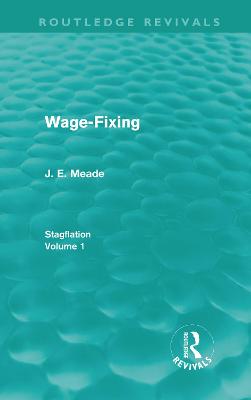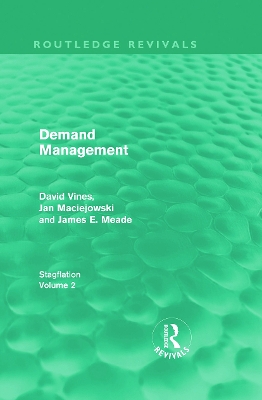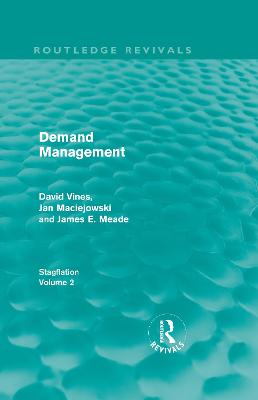Routledge Revivals: Stagflation
4 total works
This reissue, first published in 1982, is the first of two volumes on the causes and cure of Stagflation - the two-headed monster that combines mass unemployment with rapid inflation, which affected contemporary economies across the industrially developped world in the 1970s.
Professor Meade outlines the nature of the problem, contrasting the Great Slump of the 1930s with the Great Stagflation of the 1970s and comparing the Orthodox Keynesian and Monetarist approaches with the New Keynesian strategy. Various proposals for the reform of wage-fixing institutions are discussed, including the limitation of trade-union bargaining powers, an official incomes policy, labour management and ownership in business, and tax or subsidy measures to discourage inflationary rises in wages and prices.
The book will be essential reading for all concerned with both the theory and policy of contemporary macroeconomics, industrial relations, labour economics and labour law. It has been written so that the general argument in the main text is accessible to the general reader as well as of interest to the professional economist.
Demand Management (Routledge Revivals)
by David A Vines, J. M. Maciejowski, and J. E. Meade
First published in 1983, this is the second of two volumes on the causes and cure of stagflation – that combination of mass unemployment and rapid inflation that is currently afflicting the mixed economies of the industrially developed world. The authors deplore the unemployment due to the failure of governments to adopt Keynesian measures for the expansion of economic activity, but recognise that in present conditions such measures would lead to an unacceptable and explosive inflation of money wages and prices. They therefore advocate a dual strategy of financial policies for a steady expansion of total money incomes combined with individual wage rates set at levels to promote employment.
The book is of importance for all those concerned with macroeconomic theory and policy. The description of the meaning of a New Keynesian policy and of the arguments for it have been written in a way which should be intelligible to policy-makers and students, and not only to economists with technical training. Professional macroeconomists will be interested not only in these sections but also in the fully specified macroeconomic model used to analyse New Keynesian policies in economic terms and to carry out a counterfactual re-running of history. In addition, the unusually detailed exposition of the application of control techniques to a difficult multivariable control problem also makes the book of interest to control engineers who wish to acquaint themselves with recent generalisations of classical frequency response methods.



